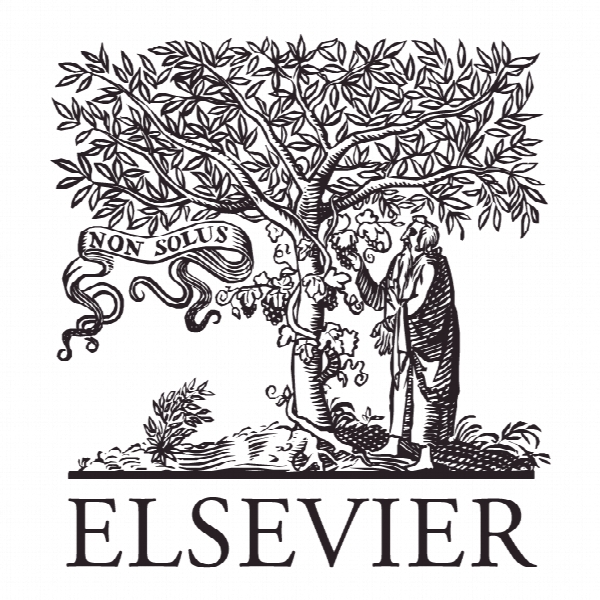تعامل بین لاکتوفرین و پروتئین های آب پنیر و تأثیر آن بر ژل شدن پروتئین های آب پنیر Interaction between lactoferrin and whey proteins and its influence on the heat-induced gelation of whey proteins
- نوع فایل : کتاب
- زبان : انگلیسی
- ناشر : Elsevier
- چاپ و سال / کشور: 2018
توضیحات
رشته های مرتبط صنایع غذایی
گرایش های مرتبط علوم مواد غذایی
مجله شیمی مواد غذایی – Food Chemistry
دانشگاه College of Light Industry and Food Engineering – Guangxi University – China
شناسه دیجیتال – doi https://doi.org/10.1016/j.foodchem.2018.01.114
منتشر شده در نشریه الزویر
کلمات کلیدی انگلیسی Lactoferrin, Whey protein isolate, Gelation, Elastic modulus, Zeta potential, Size distribution
گرایش های مرتبط علوم مواد غذایی
مجله شیمی مواد غذایی – Food Chemistry
دانشگاه College of Light Industry and Food Engineering – Guangxi University – China
شناسه دیجیتال – doi https://doi.org/10.1016/j.foodchem.2018.01.114
منتشر شده در نشریه الزویر
کلمات کلیدی انگلیسی Lactoferrin, Whey protein isolate, Gelation, Elastic modulus, Zeta potential, Size distribution
Description
1. Introduction Whey protein isolate (WPI) is one of the most widely used ingredients in food industry, attributing to its nutritional value and excellent functional properties, such as foaming, emulsifying and gelling properties (Alting, Hamer, De Kruif, & Visschers, 2000; Foegeding, Davis, Doucet, & McGuffey, 2002; Zhu & Damodaran, 1994; Zhu, Damodaran, & Lucey, 2010). As a by-product of cheese production, WPI is mainly consisted of β-lactoglobulin (β-lg) and α-lactalbumin (α-la) (Perssin & Gekas, 2000). Due to their well organized structure, both βlg and α-la are very sensitive to heat treatment. Irreversible denaturation and aggregation of whey proteins occur at heating temperatures higher than 70 °C. In milk, denatured whey protein aggregates could attach to the surface of casein micelles, resulting in decreased stability and rennetability of the latter (Donato & Guyomarc’, 2009). Heating at high concentrations (e.g., > 8% w/w protein, pH 6.9) and sufficiently high temperatures (e.g., 80 °C), denatured whey proteins interact with each other and form a gel network (Havea, Watkinson, & KuhnSherlock, 2009). The special heat-gelation characteristic of whey proteins has been widely used in many food products, such as ice creams, confections and puddings, to achieve desired structural and sensorial properties (Ren, Dong, Yu, Hou, & Cui, 2017). The formation of whey protein gels is a complicated process, which involves in sulphydryl-disulfide interchange interaction (Shimada & Cheftel, 1989), hydrophobic interaction, hydrogen bond and ionic interaction (Havea et al., 2009). One limitation of WPI gels is that they are usually brittle and susceptible to syneresis. Polysaccharide additives can be added to improve the gel strength by increasing the viscosity of protein solutions. Previous researchers reported that the addition of xanthan, even at a very low concentration of 0.01%, could significantly increase the strength of heat-induced WPI gel at pH 6.0 and 6.5 (Bertrand & Turgeon, 2007). In addition, Tavares and da Silva (2003) found that at pH 7.0 galactomannan could act as the filler of protein network and positively influence the structure of WPI gels, while at pH close to 5.3 (isoelectric point of whey protein), the galactomannan had a detrimental effect on protein network formed at low WPI concentration. Moreover, it had been demonstrated that the incorporation of konjac glucomannan into WPI gel resulted in the significant increase in gel strength, attributing to the segregative interactions between denatured whey proteins and konjac glucomannan (Tobin, Fitzsimons, Chaurin, Kelly, & Fenelon, 2012). Apart from the addition of polysaccharrides, it was shown that structural modifications of whey proteins through glycosylation (Sun et al., 2011) and enzymatic treatment (Tarhan, Spotti, Schaffter, Corvalan, & Campanella, 2016) could successfully increase the gel strength and decrease the gelation time. In comparison with polysaccharides, the effect of proteins on the formation of WPI gel is less studied. Roesch and Corredig (2005) investigated the heat-induced gelation behaviour of soy protein-WPI mixtures, and it was found that soy/WPI mixtures could form gels with much higher elastic modulus than WPI control. In addition, a more homogeneous gel structure was formed at soy/WPI ratios lower than 1:1. In a recent research, the influence of sodium caseinate (NaCas) on the heat-induced gelation of WPI was studied. The results indicated that WPI aggregation was inhibited at NaCas concentrations lower than 50%.


